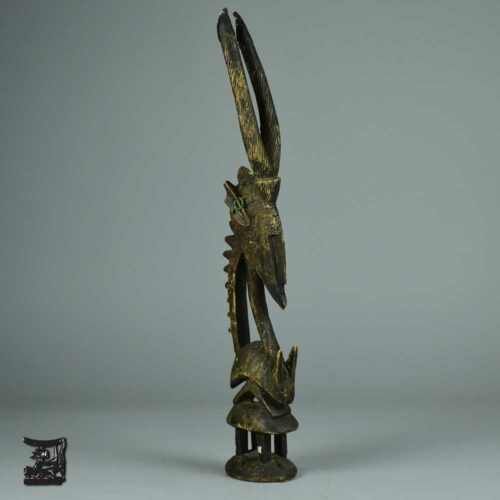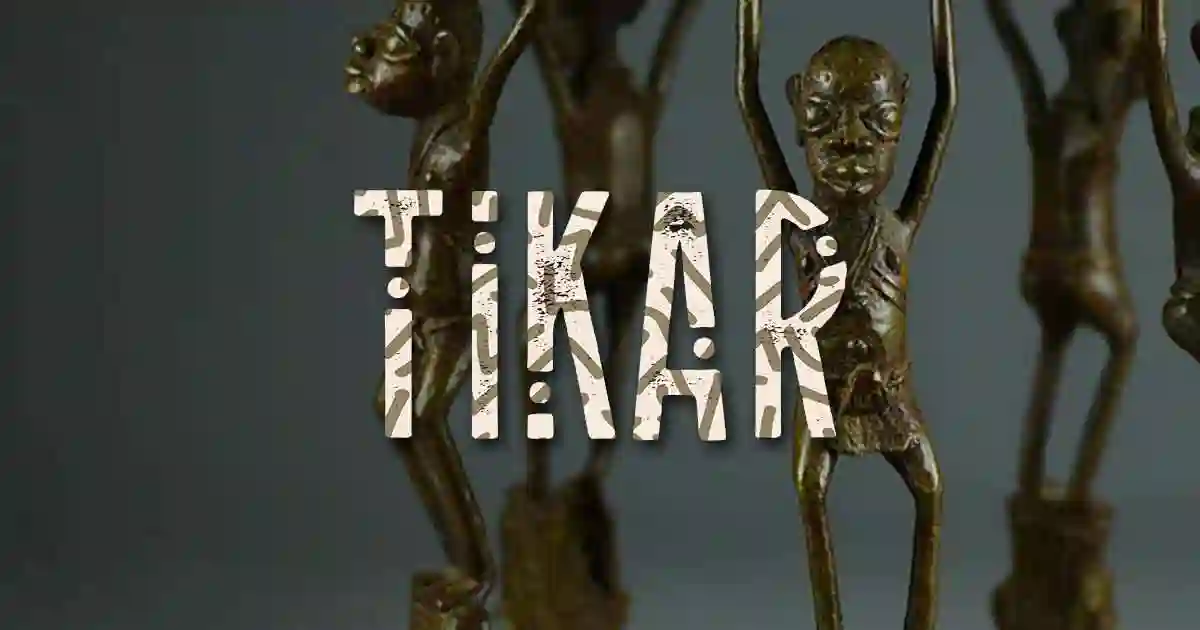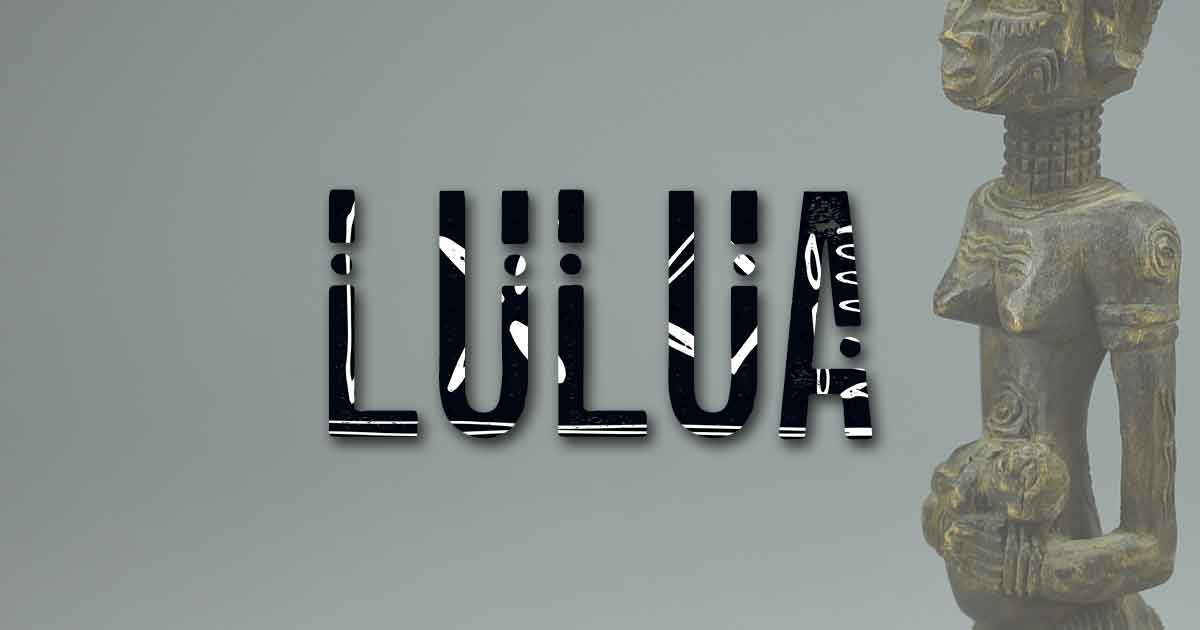Bambara People
Bambara People
Uncovering the Rich Culture and History of the Bambara People
The African continent is home to diverse cultures, each with their unique traditions and practices. One such community is the Bambara people. The Bambara are a Mande ethnic group in West Africa, primarily found in Mali, Guinea, and Burkina Faso. They have a rich and fascinating history that is closely linked to their intricate art and craft forms. As an African art collector, learning about the Bambara culture can give you a deeper appreciation of their artistic creations. In this blog post, we will delve into the culture and history of the Bambara people.
History of the Bambara People
The Bambara people are descendants of the great Mande Empire, which was one of the largest in West Africa. The empire stretched across modern-day Mali, Guinea, Senegal, and the Gambia. The Bambara emerged as a distinct ethnic group in the 17th century, and their population is estimated to be between 3 to 4 million. Today, they are primarily divided into clans, each with unique cultural practices. Some of the common names of the Bambara clans include Ntam, Kono, and Maraka.
Culture of the Bambara People
The Bambara people have a rich cultural heritage that is celebrated through art, music, dance, and storytelling. Bambara art is renowned for its intricate wooden masks, figurines, and sculptures. These art forms are used in ceremonies, such as funerals, initiations, and other traditional festivals. The Bambara also have a rich musical tradition, with the balafon being a popular instrument. The balafon is a xylophone-like instrument that produces a melodious sound, and it’s often played during celebrations.
Religion of the Bambara People
The Bambara people have a deep spiritual belief system that is often referred to as “Bambara mythology.” They believe in a supreme god known as Faro or Ngala, who created the world. The Bambara also revere ancestors and spirits, and they often perform ceremonies and rituals to honor them. One such ritual is the “tye-dye”, where the Bambara invoke ancestral spirits to help them solve problems or address difficult situations.
Gender Roles in Bambara Society
In Bambara society, gender roles are defined based on traditional roles and responsibilities. Men are often responsible for farming and hunting, while women care for the home, children, and gardens. However, both genders have a significant role in the community. Women, for instance, hold a critical role as caretakers of family and culture, and they are often involved in activities such as weaving and pottery.
As an African art collector, understanding the culture and history of the Bambara can give you a deeper appreciation for their artistic creations. The Bambara have a rich and fascinating history that is closely linked to their art, music, and dance. Their intricate wooden masks, figurines, and sculptures are not just exquisite displays of art but a reflection of their culture and heritage. The Bambara people have managed to preserve their traditions and practices despite the influence of modernization, and their cultural legacy continues to inspire and captivate people from all over the world.
Get updates about our new items, news and information.
We will process the personal data you have supplied in accordance with our privacy policy.







